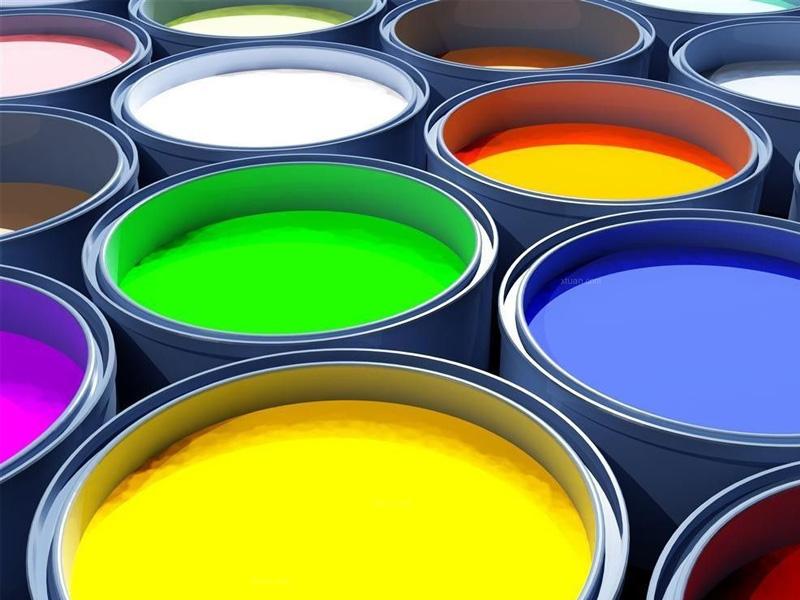It is classified according to the application object of the dye, the dyeing method of the dye, the application performance and the combination form with the dyed substance.
(1) Acid dyes and acid binding dyes Acid dye molecules contain acid groups such as sulfonic acid groups and protecting groups, or organic halogen salts. The dyeing process must be completed in an acid or neutral dye bath, mainly used for dyeing protein fibers and polyamide fibers. When dyeing, the acidic group of the dye combines with the oxy group or amide group in the fiber structure to dye the fiber. After some dyes are treated with metal mordants, they can form metal bonds in the fibers and fix them on the fibers.
(2) Basic dyes The dye molecules contain basic groups, such as amino groups or substituted saiky groups, which can form a salt with the prismatic groups on protein fibers and directly dyeing.
(3) Direct dye molecules contain acidic water-soluble groups, which are mainly used for dyeing cellulose fibers. During dyeing, hydrogen bonds are formed between dye molecules and cellulose molecules.
(4) Sulfur dyes Sulfur dyes are insoluble in water and are called sulfur dyes because they need to be dyed in an alkali sulfur solution. Mainly used for dyeing cotton fibers.

(5) Neutral dyes Neutral dyes are metal complex dyes, because they are dyed in a nearly neutral dye bath, so they are called neutral dyes. dye. Used for dyeing vinylon, silk, silk, wool, etc.
(6) Ice dyes Ice dyes are composed of diazo components and coupling components, which react on fibers to form insoluble azo dyes. As the dyeing needs to be carried out under cooling conditions with ice, ice dyeing dyes are mainly used for cotton fiber dyeing.
(7) Vat dyes These dyes are insoluble in water, and are dyed by reducing them to soluble leucosomes in alkaline solution with a reducing agent (sulfur powder). After oxidation, the leuco body is converted into a water-insoluble dye in the fiber. It is mainly used for the dyeing of cellulose.
(8) Indigo and allthin Indigo and allthin are soluble vat dyes, mainly used for cotton printing, and a small amount for silk, Hair dyeing.
(9) Reactive dyes have reactive groups in their molecular structure, which chemically combine with hydroxyl or amino groups on fiber molecules during dyeing, so it is called reactive Sexual dyes or reactive dyes are mainly used in the printing and dyeing of cotton, linen, silk and other fibers, and also in the dyeing of wool and synthetic fibers.
(10) Disperse dyes do not contain water-soluble groups in the dye molecules, and need to be ground in the presence of dispersants to disperse the dyes into very fine particles in water. Dyeing, so you are disperse dyes. It is mainly used for dyeing hydrophobic synthetic fibers (such as polyester, nylon, acetate, etc.).
(11) When dyeing with cationic dyes. This kind of dye is soluble in water and combines with the dyed fiber in cationic form, so it is called cationic dye. It is mainly used for the dyeing of wax fiber.
(12) Other dyes such as food dyes, leather dyes, polypropylene dyes and fluorescent dyes under development.

 微信扫一扫打赏
微信扫一扫打赏

